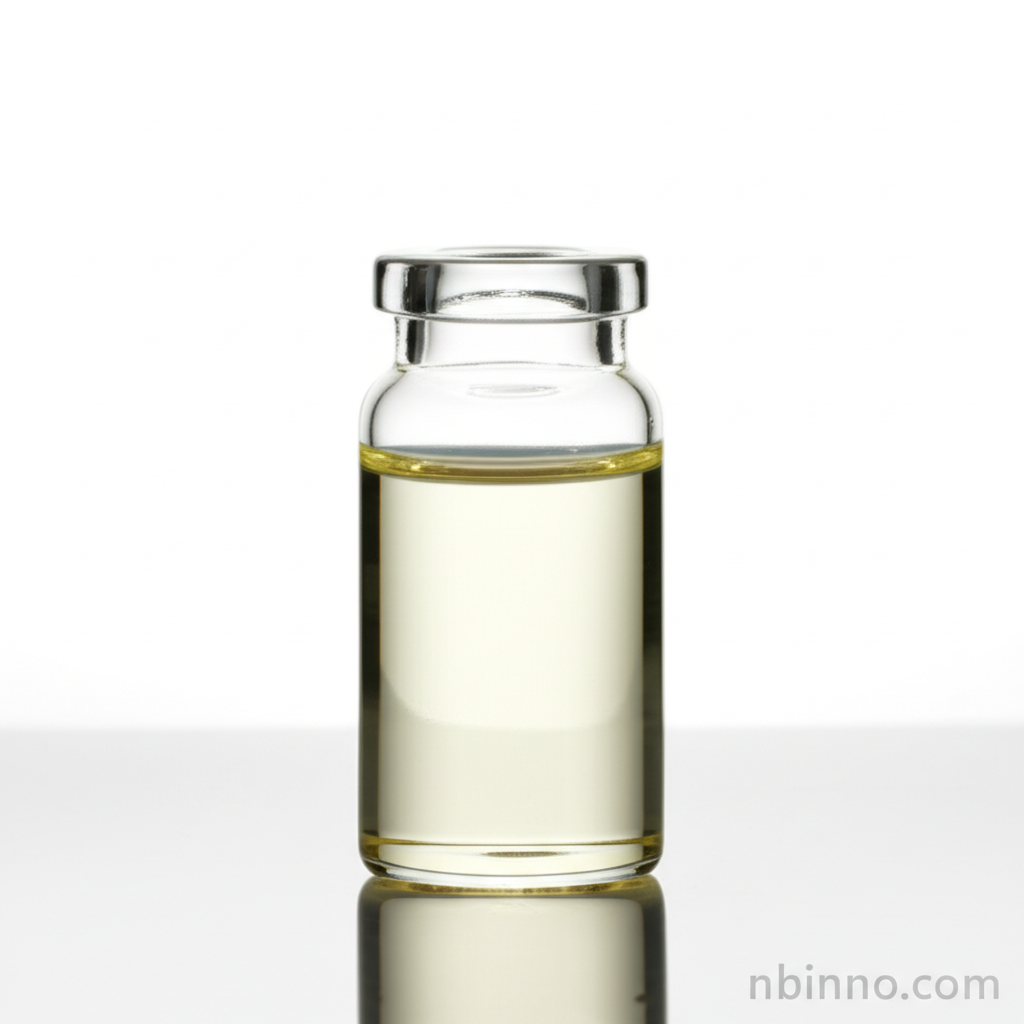3-Methoxybenzylamine (CAS 5071-96-5): Properties, Applications, and Synthesis Intermediate
Discover the versatile applications and key properties of 3-Methoxybenzylamine, a crucial compound in modern organic synthesis.
Get a Quote & SampleProduct Core Value

3-Methoxybenzylamine
3-Methoxybenzylamine, CAS 5071-96-5, is a highly sought-after chemical intermediate known for its role in advanced organic synthesis and pharmaceutical development. Its unique chemical structure and properties make it an indispensable building block for creating complex molecules.
- Unlock advanced organic synthesis pathways with 3-methoxybenzylamine uses, a key component in creating sophisticated chemical structures.
- Explore the reliable 3-methoxybenzylamine properties, including its boiling point and density, essential for precise chemical reactions.
- Facilitate your research by understanding the 3-methoxybenzylamine synthesis methods, ensuring efficient production and utilization.
- Secure high-quality 3-methoxybenzylamine CAS 5071-96-5 at competitive prices from trusted suppliers.
Advantages Offered
Versatile Intermediate
Leverage 3-methoxybenzylamine as a critical intermediate for the preparation of 6-substituted purines and other vital compounds in pharmaceutical synthesis.
Quality Assurance
Source high-purity 3-methoxybenzylamine from reputable suppliers to ensure the reliability and success of your chemical research and development projects.
Extensive Applications
Benefit from the broad utility of 3-methoxybenzylamine in medicinal chemistry and antioxidant research, contributing to the development of novel therapeutic agents.
Key Applications
Pharmaceutical Synthesis
As a critical building block, this compound plays a vital role in the synthesis of various pharmaceutical agents, aiding in the development of new treatments.
Organic Synthesis
Its versatile nature makes it an ideal reagent for complex organic synthesis, enabling the creation of novel chemical entities for diverse industrial applications.
Medicinal Chemistry Research
Researchers utilize this compound in medicinal chemistry to explore new drug candidates and understand their interaction with biological systems.
Antioxidant Studies
The compound's potential antioxidant properties make it a subject of interest in research aimed at combating oxidative stress in biological contexts.
